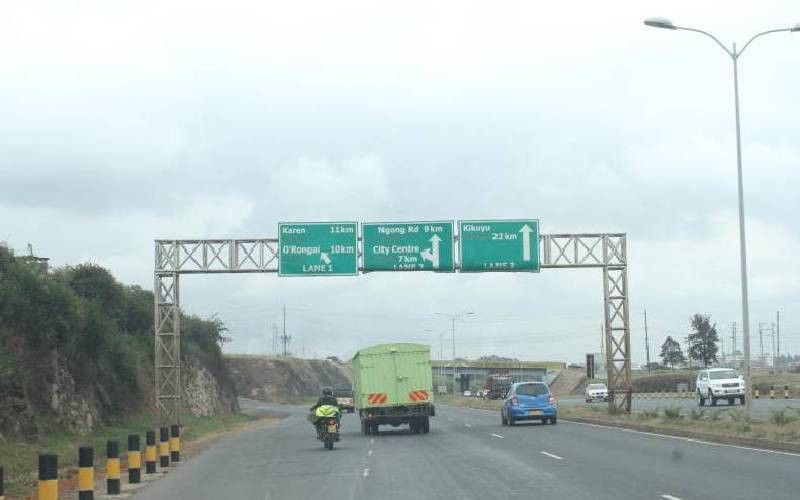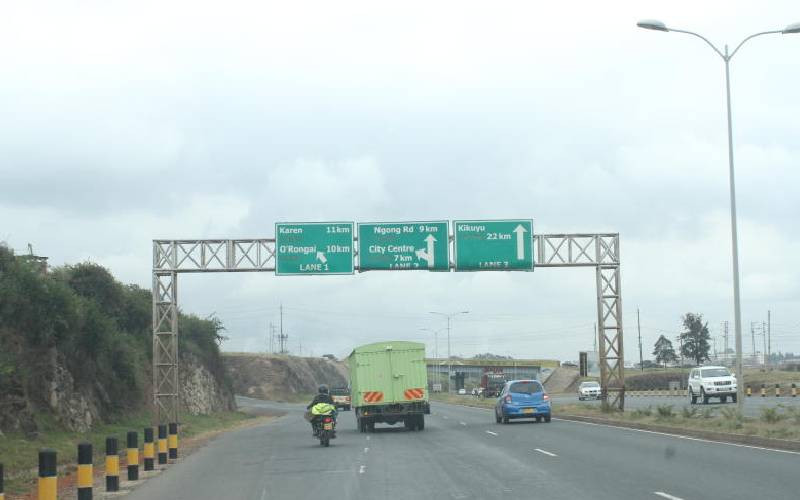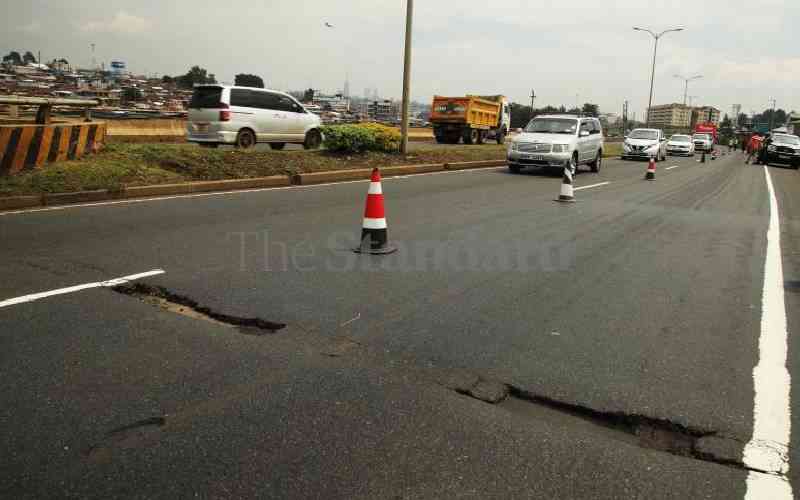
The construction of Nairobi's Western bypass road is currently estimated at slightly over 70 per cent. The road connects the Southern bypass at Gitaru and the Northern bypass at Ruaka, thereby completing the fourth and final ring road in the Nairobi ring road network masterplan which also comprises the Eastern bypass.
It is therefore such an important link and will play a key role in easing traffic around Nairobi. However, as the implementation advances, residents along the route are feeling short-changed, neglected and ignored and are not convinced that the project has their best interests at heart.
In our minds, the project was supposed to open the area economically and thereby lift the area's economic prospects. A wealth of research, including by the World Bank, points to the correlation between infrastructure and economic development of an area. It is widely recognised that improved roads have a positive impact on rural inhabitants.
Such improvements are expected to enhance their ability to access social services, markets and jobs and therefore contribute to improving their living standards. Good infrastructure also lowers the cost of doing business with reduced transport costs, thus raising total productivity factor. More specifically, other studies have indicated that for every Sh1 billion spent on road infrastructure, GDP growth increases by 4.5 per cent holding other factors constant. This implies that public expenditure in road infrastructure positively impacts economic growth.
For the Western bypass, these attendant gains seem too close, yet too far and our hopes and dreams are progressively being shuttered as implementation rolls on at cheetah’s speed.
Take the area around Kirangari/ Gikuni/ Kibiku/ Gathiga for example. Here, basic provisions for exits and entry into the Western bypass have completely been ignored, requiring residents to drive an extra 4km up to Karura to turn to access their homes. In addition, at the Gikuni junction, a bridge that is ostensibly supposed to link the agriculture-rich region with the bypass ends abruptly at a place called Kwa Michael.
Combined, Kirangari and Gathiga Locations have a population of about 65,000 people. In terms of economic activities, 60 per cent of residents on both sides of the bypass are small scale farmers plying their produce at Wangige and Kihara (Gachie) markets. There are also several investors in real estate, hospitality, car washes and other small businesses on either side of the road who depend on customers that can access and exit the bypass without inconveniences. All these businesses now hang by a thread if the current design is maintained.
This confusion would have been avoided if community participation had been taken more seriously. Who will come to our rescue?
[email protected]
 The Standard Group Plc is a
multi-media organization with investments in media platforms spanning newspaper
print operations, television, radio broadcasting, digital and online services. The
Standard Group is recognized as a leading multi-media house in Kenya with a key
influence in matters of national and international interest.
The Standard Group Plc is a
multi-media organization with investments in media platforms spanning newspaper
print operations, television, radio broadcasting, digital and online services. The
Standard Group is recognized as a leading multi-media house in Kenya with a key
influence in matters of national and international interest.
 The Standard Group Plc is a
multi-media organization with investments in media platforms spanning newspaper
print operations, television, radio broadcasting, digital and online services. The
Standard Group is recognized as a leading multi-media house in Kenya with a key
influence in matters of national and international interest.
The Standard Group Plc is a
multi-media organization with investments in media platforms spanning newspaper
print operations, television, radio broadcasting, digital and online services. The
Standard Group is recognized as a leading multi-media house in Kenya with a key
influence in matters of national and international interest.









